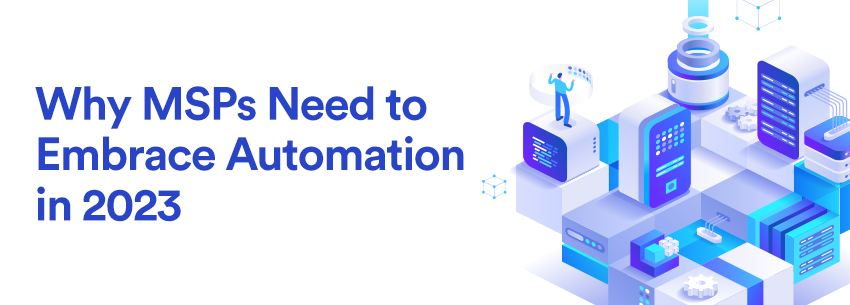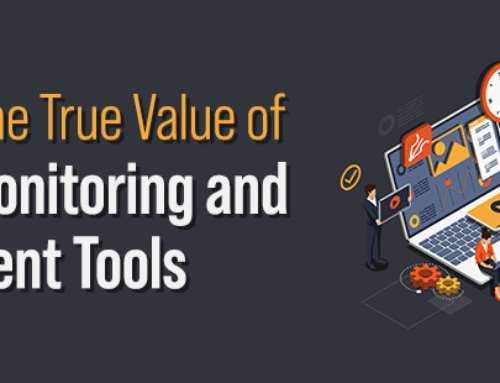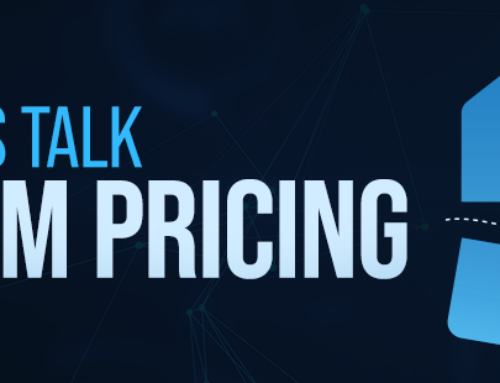Building a successful managed service provider (MSP) business takes a lot of hands-on touches, both for implementing the technology and delivering excellent customer service that will keep clients around for the long haul. That said, there is also a growing place for automation as part of an MSP’s stack of technologies and services.
There are many different types of automation, but at its core, it means leveraging technology to minimize the need for human input. It does this by pre-deciding different criteria, relationships, and actions and executing those items automatically when they arise. This can help control machinery, updates, business processes, physical conditions, and more — the possibilities are endless.
For an MSP, automation can be an incredible tool. Through automation, an MSP can speed up the time it takes its service engineers to complete routine, repetitive tasks that are essential but can take up a significant amount of time. According to one survey, MSP leaders estimate that their engineers devote as much as 39 percent of their time to these manual tasks, with 85 percent saying those tasks prevented them from getting to more strategic projects for clients. By leveraging automation, an MSP can make the most of the engineers it has and free them up to focus on more strategic, value-add projects for its clients.
Automation can also help speed up the time it takes for an MSP to complete specific actions, such as cybersecurity patches, that are important to get done quickly and frequently. By leveraging automation tools, an MSP can, for instance, automatically scan a customer environment for known vulnerabilities that need to be patched and then automatically close those cybersecurity weaknesses by implementing the latest patch or flagging to the engineer in order of priority.
Making the most of an MSP’s team is more important than ever in today’s landscape. Clients have greater and more complex technology needs than ever before, yet MSPs and technology companies everywhere face a drastic shortage of IT talent. According to a recent survey, 70 percent of information technology professionals reported that IT skills shortages have negatively impacted their organizations. The talent shortage means it can be difficult for an MSP to find talent as it grows, or the available talent is more expensive due to increased demand.
For customers, automation can mean increased speed to resolution for any IT-related issues or preventative care such as cybersecurity patching. It also can mean an MSP’s staff is freer to focus on strategic projects for their business, another benefit to the customer. For this reason, the extent that an MSP uses automation can be touted as part of the potential customer sales process and in its ongoing engagement with confirmed customers.
The pace of technology is only getting faster as we head into 2023 and beyond. For that reason, it is more important than ever that MSPs leverage the tools such as automation at their disposal to allow them to move at this break-neck pace and maximize efficiencies within their business to best support their customers.
While automation offers significant potential, it is at the beginning of its evolution as a critical technology area. MSPs will want to continue to stay apace with the latest automation technologies available as they continue to emerge. In doing this, an MSP can ensure it delivers actual value to its customers and sets itself up for an extended period of growth.




